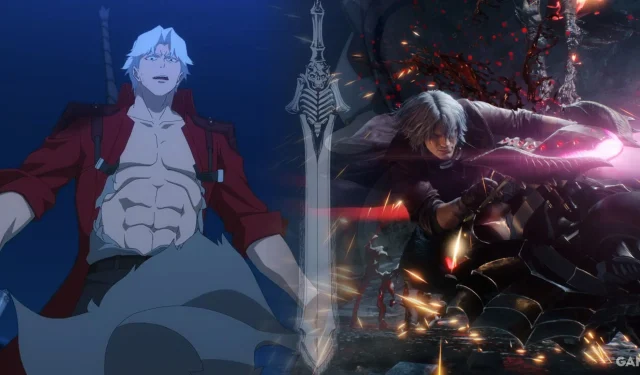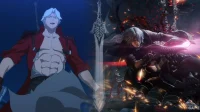The mid to late 2010s marked a significant resurgence for fans of Devil May Cry. Following the divisive reception of 2013’s DmC: Devil May Cry reboot, many enthusiasts were left uncertain about the series’ trajectory. Nevertheless, Capcom revitalized the franchise with an impressive array of ports, remastered collections, and entirely new titles for contemporary gaming platforms. Between 2015 and 2018, players enjoyed the Devil May Cry HD Collection, DmC: Devil May Cry Definitive Edition, and Devil May Cry 4: Special Edition across PS4, Xbox One, and PC. The excitement peaked in 2019 with the release of Devil May Cry 5, the first original installment in over five years.
Given Capcom’s extensive commitment to the franchise during this period, many fans had high hopes for Devil May Cry to become a flagship intellectual property, akin to renowned franchises like Resident Evil and Street Fighter. However, since the launch of Devil May Cry 5: Special Edition in 2020, the series has largely slipped from the gaming spotlight, with little indication that a forthcoming numbered sequel is on the horizon. Fortunately, the recently launched Devil May Cry anime on Netflix has reignited interest in the series, albeit with mixed reactions from long-time supporters.
Significant Alterations in the New Devil May Cry Anime
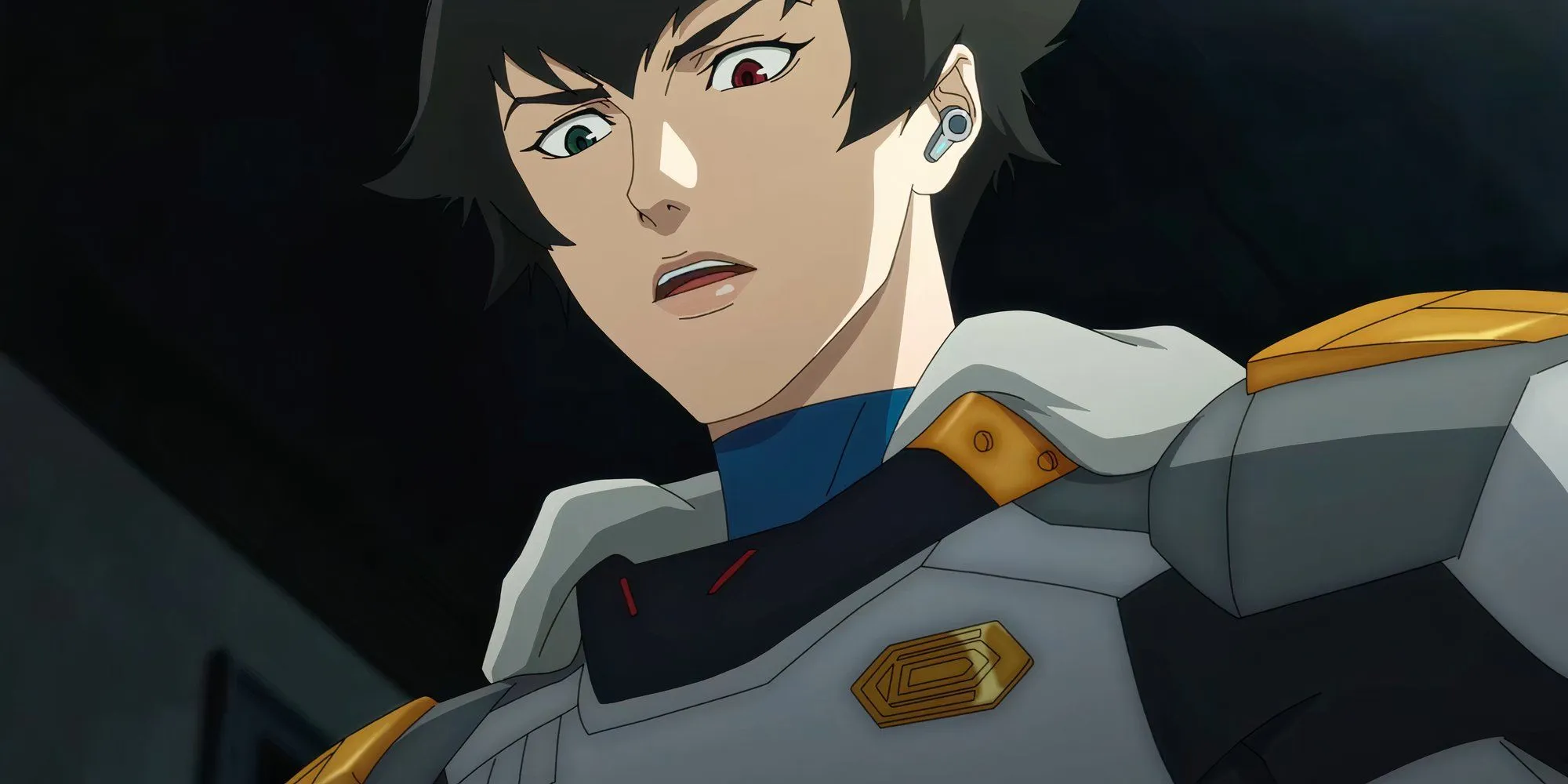
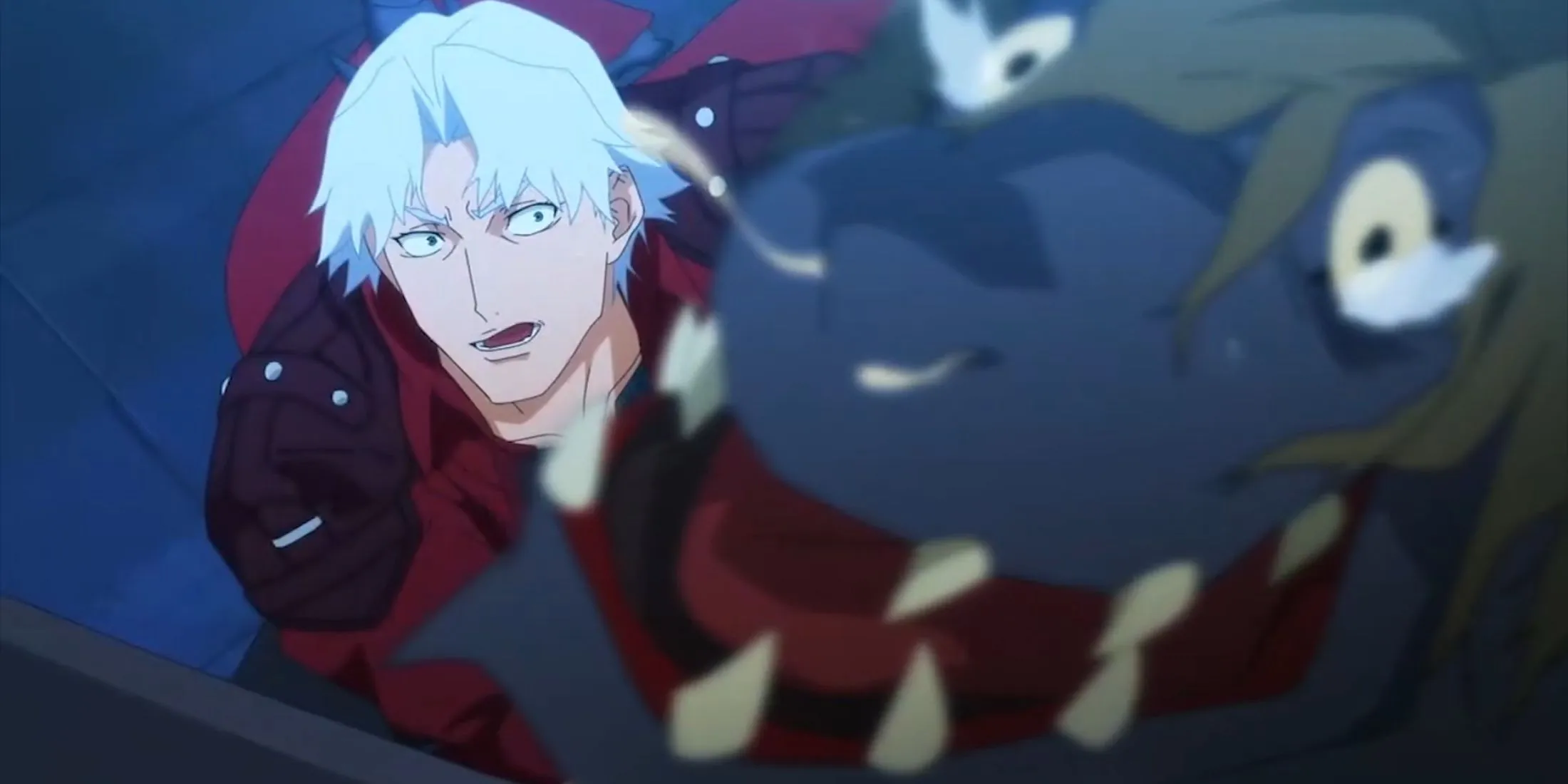
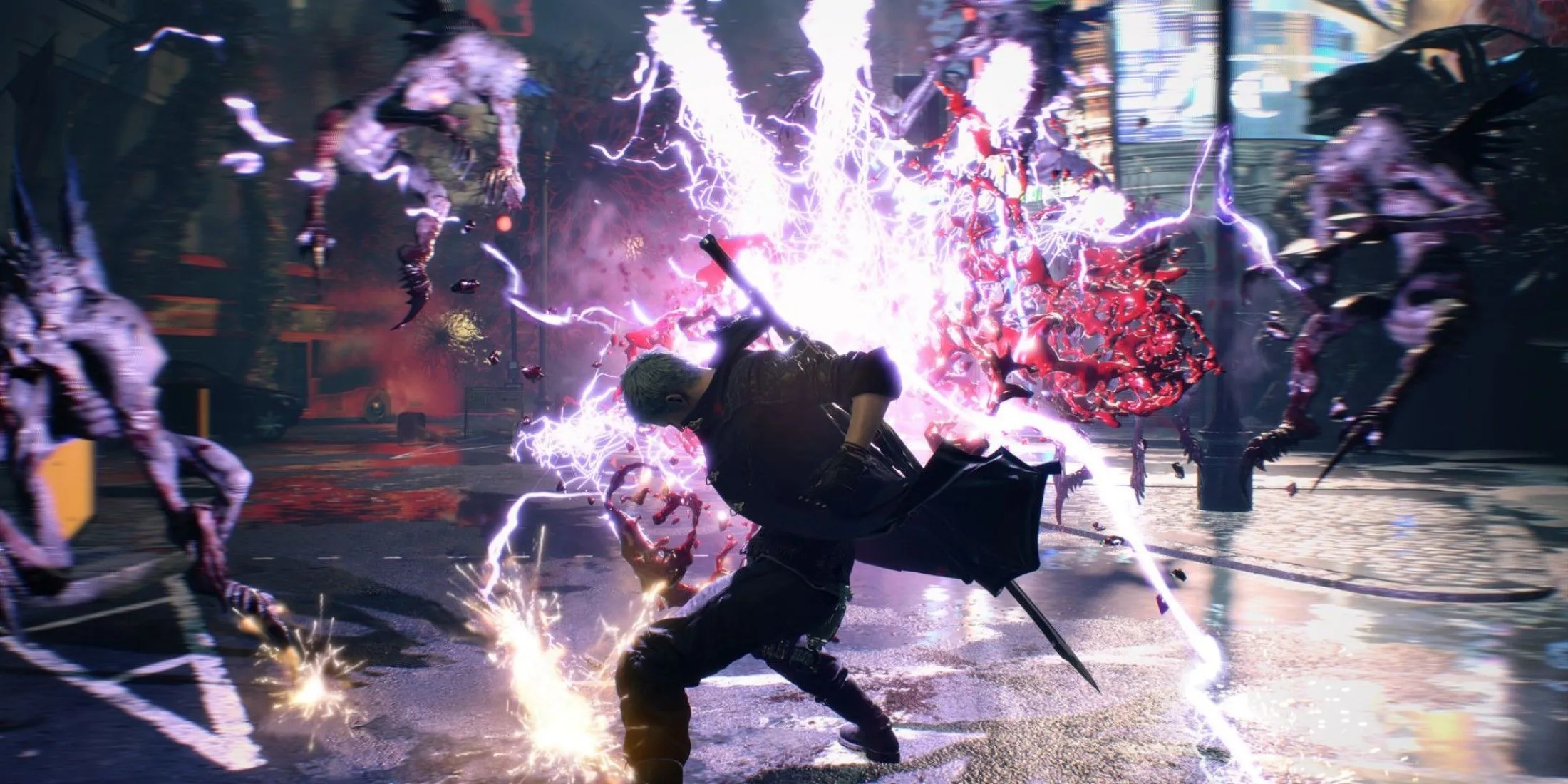
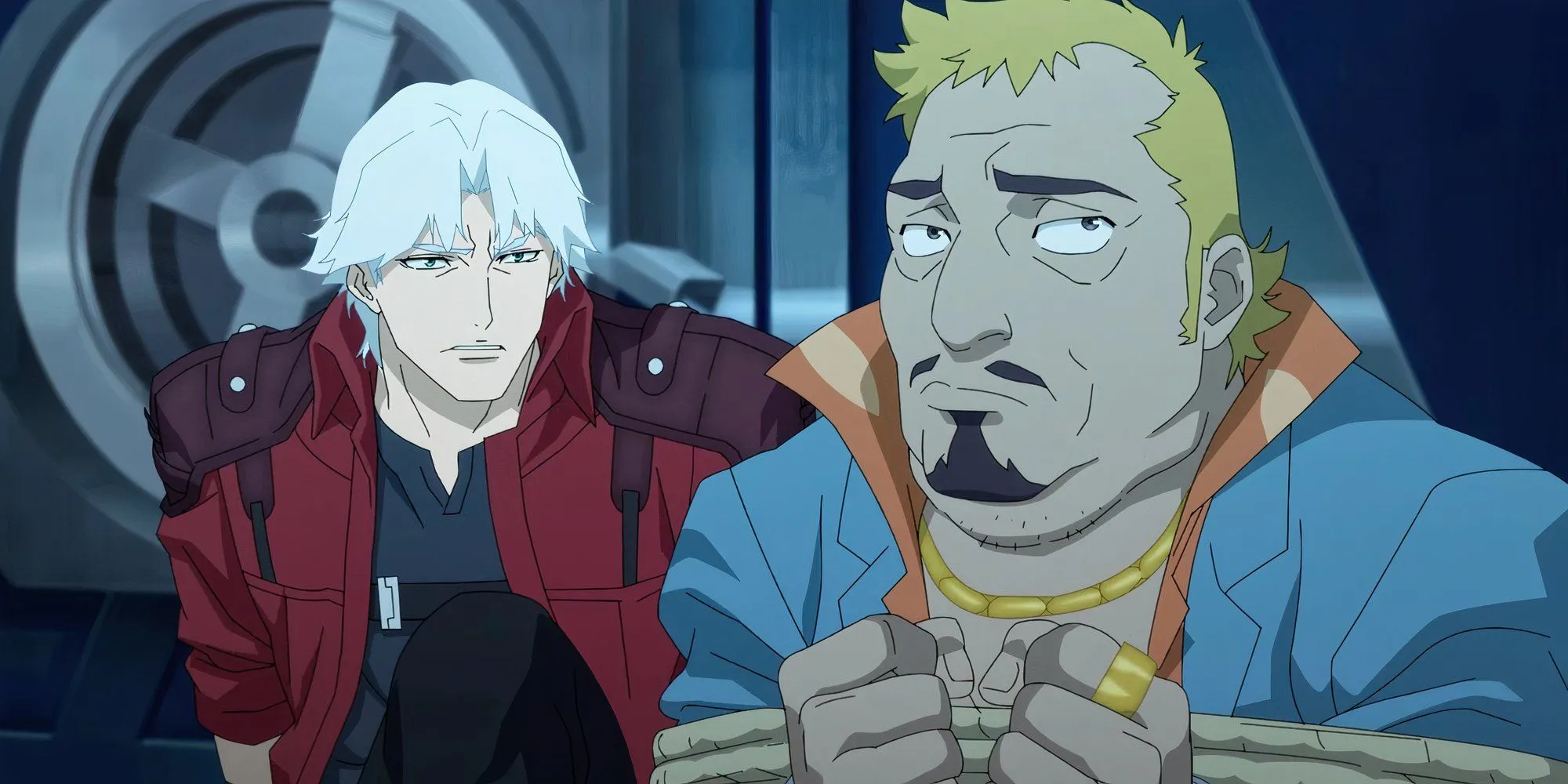
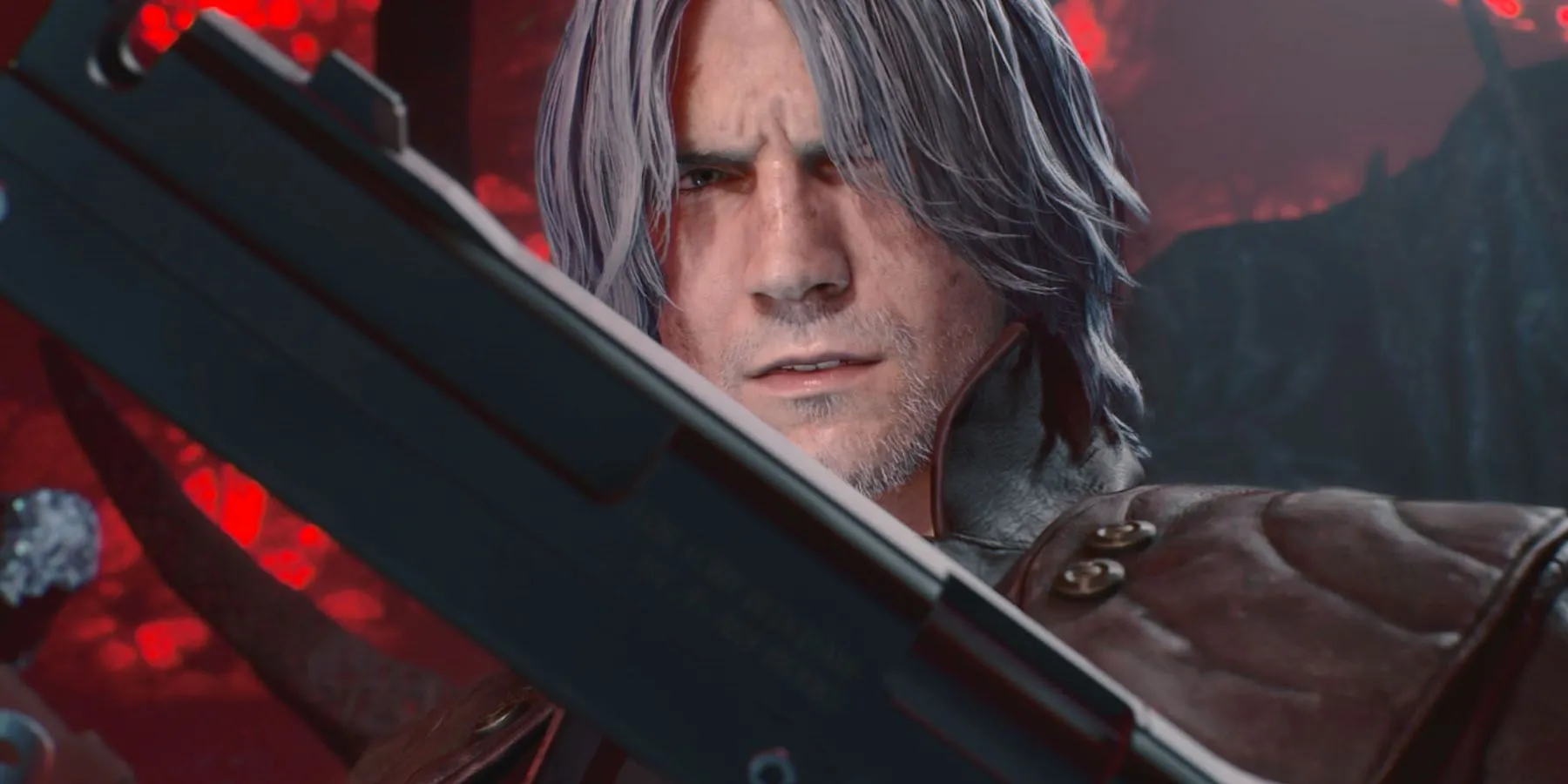
Netflix’s Devil May Cry Anime: A Mixed Reception
Premiering on April 3, 2025, the first season of the Devil May Cry anime has seen a warm reception among critics. Developed by Adi Shankar, producer of the acclaimed Castlevania series, it garnered over 5.3 million views within its first three days and achieved the distinction of being the fourth most-watched show on Netflix’s global top ten at launch. However, despite its popularity, many fans voiced their disappointment regarding deviations from the original video game narratives.
A New, Original Narrative
The anime diverges significantly from the established continuity of the Devil May Cry games, presenting an alternate timeline loosely inspired by Devil May Cry 3: Dante’s Awakening. The storyline centers around a younger version of demon hunter Dante, who finds himself pursued by a government entity known as DARKCOM and must confront a demon named the White Rabbit seeking vengeance. Notably, the plot is largely original, and while several characters from the games make appearances, their portrayals diverge considerably from the source material.
Transformative Character and Theme Changes
The character of Mary Ann Arkham, also known as Lady, undergoes a radical transformation in the anime. Characterized in the video games as a determined demon hunter with a tragic narrative, the anime reimagines her as a brash and aggressive lieutenant of DARKCOM, driven to succeed by any means necessary. Despite these changes, her character remains pivotal as she is often depicted as possessing greater power than Dante, which clashes with established Devil May Cry lore.
Moreover, the anime introduces political themes and government organizations that were absent in the original video games. In Netflix’s adaptation, demons are portrayed as refugees, facing oppression from humans as well as malevolent forces from hell. This starkly contrasts with the video games, where demons are predominantly presented as malevolent adversaries. Such substantial alterations have led some fans to argue that Netflix’s portrayal inadequately reflects the franchise’s essence, potentially misrepresenting the narrative to new audiences.
